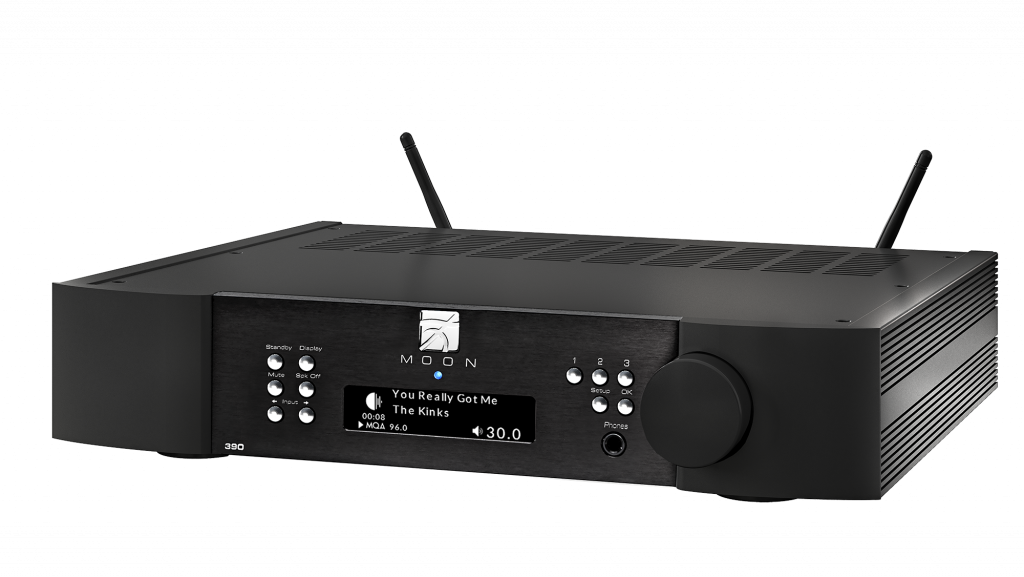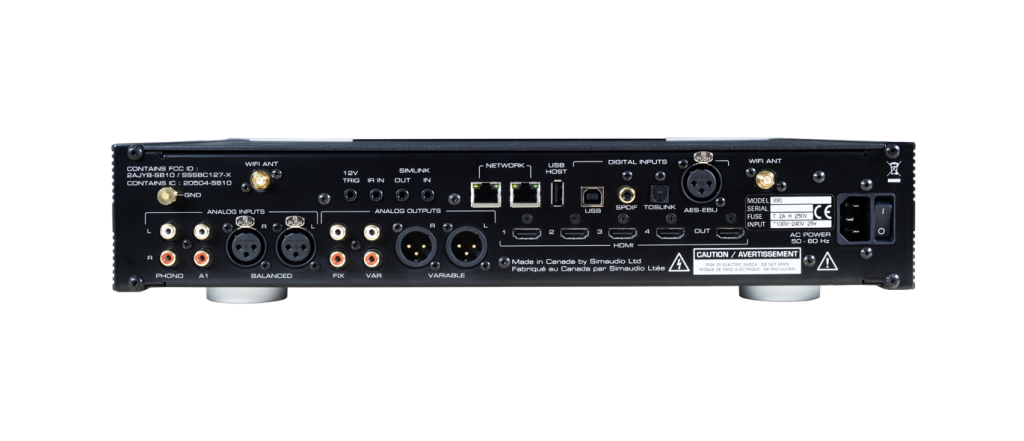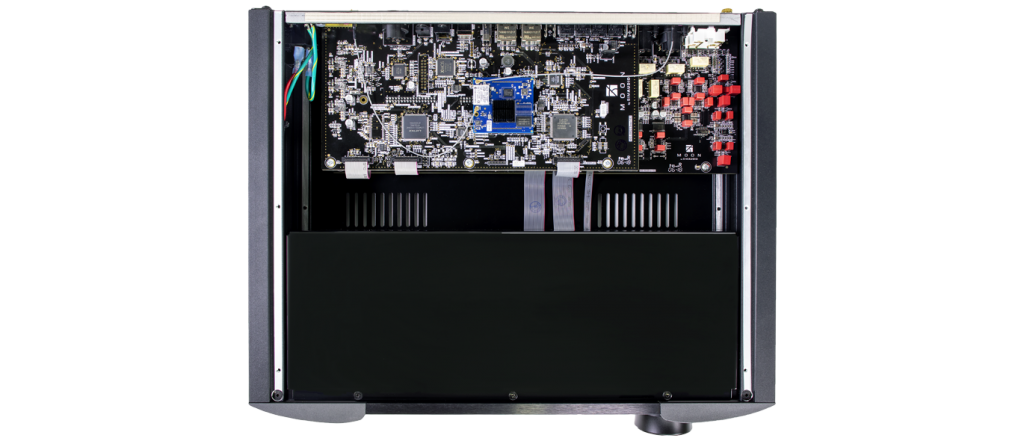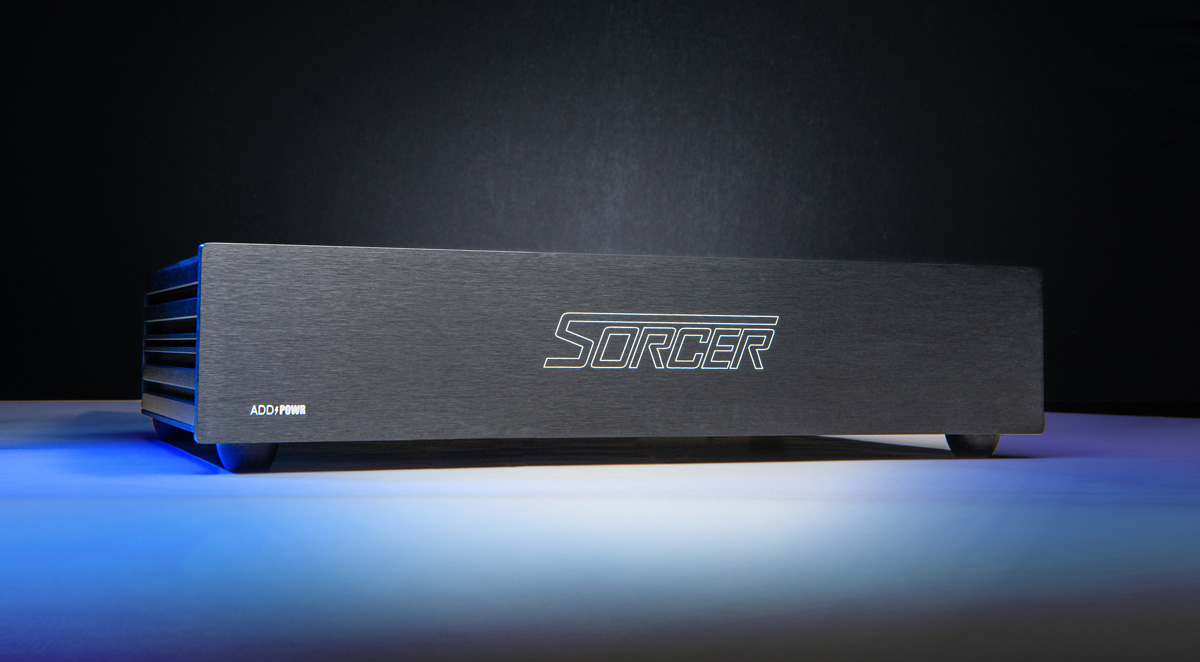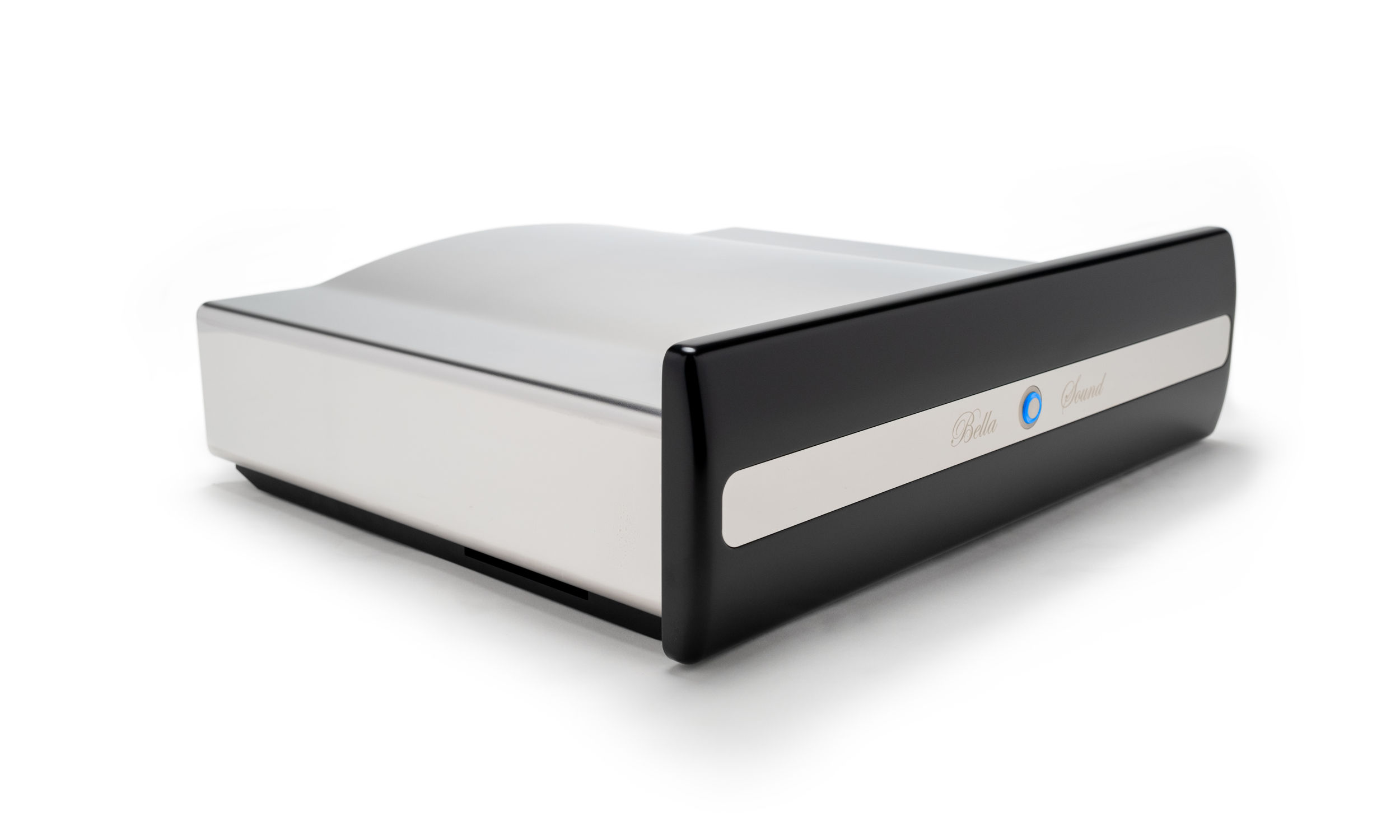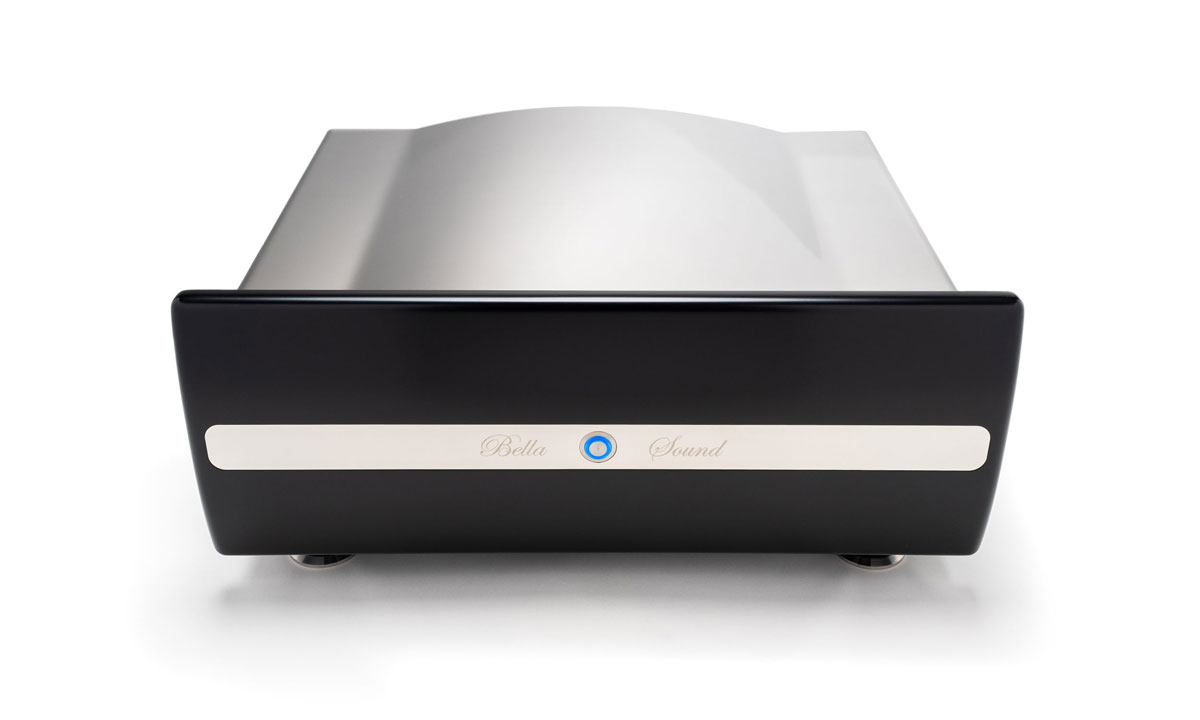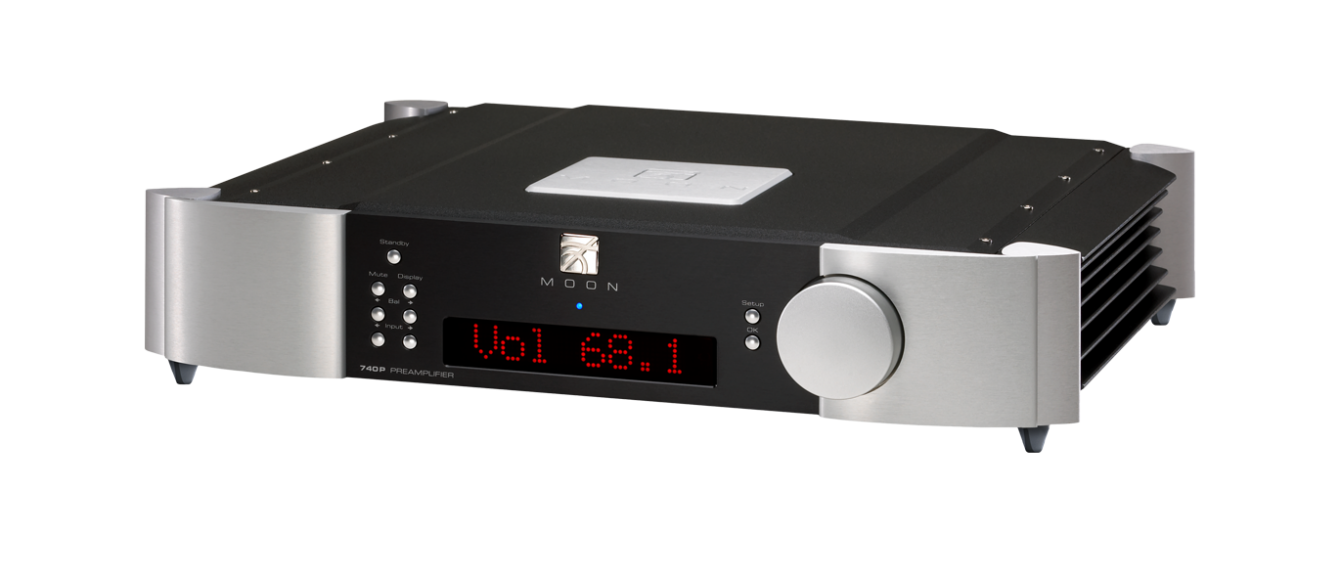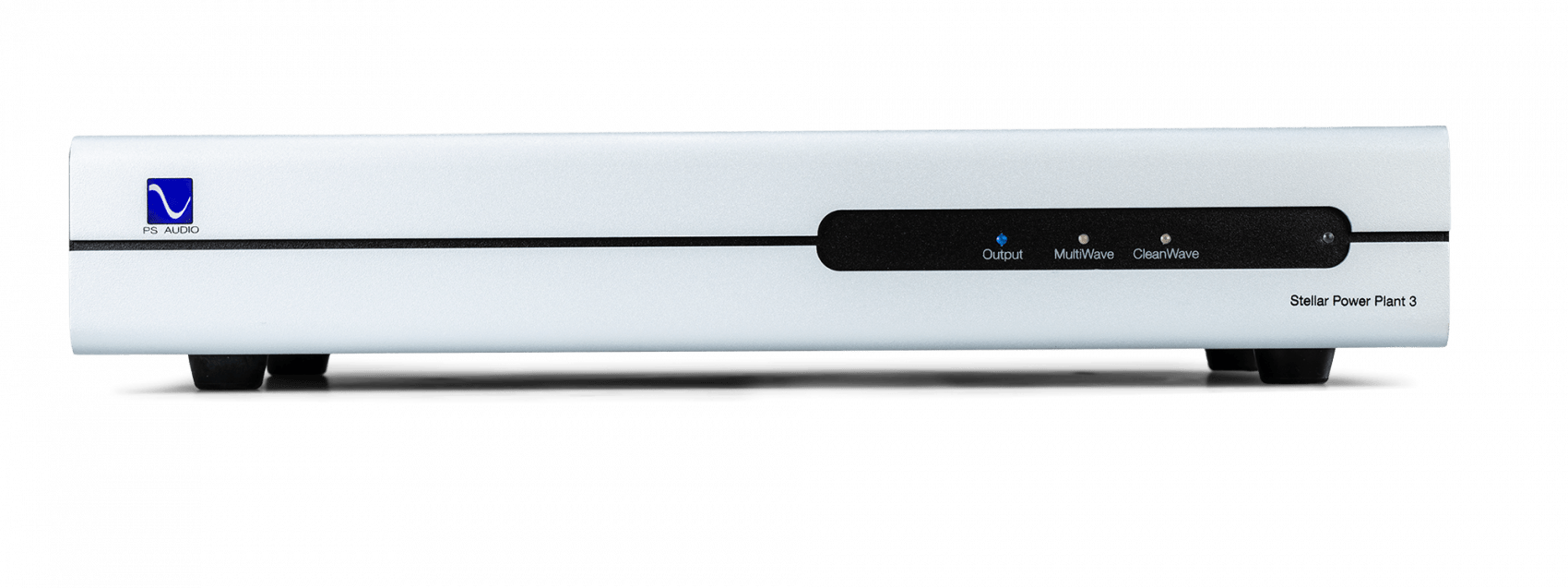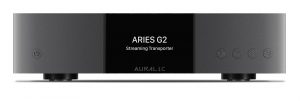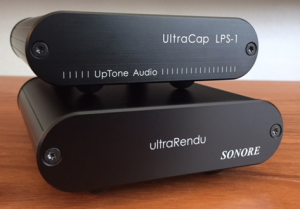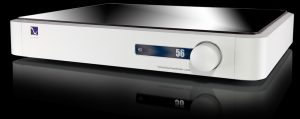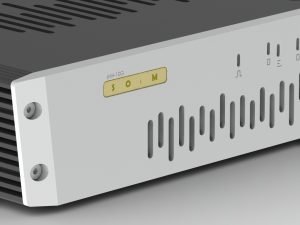We're Gonna Spread Our Wings And Take To The Sky
For some time now I've been attempting to implement, to my satisfaction, a home built music server/home theater PC. Being an audiophile, I set the bar higher for sound than picture. But until just recently my attempts have not produced sound quality competitive with my universal disc player. In fact, I could burn the files from my computer to a CD rom, compare the sound directly from the computer with the burned disc in my player, and the player always won easily.
Initially, I tried using the built in sound card on the mother board. Not surprisingly both the analog and digital outputs came up short. My next attempt was the Juli@ sound card. I was drawn to it because it offered single ended and balanced analog output, plus digital output limited to a maximum of 24/96. Again, I was disappointed with the results compared to my disc player. I ran the digital out to a Gustard DAC X20 D to A converter (DAC) I purchased without the USB option hoping to use the IIS input for higher resolution and avoid the introduction of computer noise via USB. Both USB and IIS can handle signals at the DACs native resolution of 32/384.
My search for a sound card with IIS output yielded nothing. Eventually I came across the Gustard U12 digital to digital interface, which accepts USB input and outputs Toslink, AES/EBU, S/PDIF, and IIS while providing noise isolation from the computer. There are other digital to digital interfaces with higher specifications and higher price points, but not having the option of trying interfaces before buying, I opted for the very reasonably priced Gustard.
The combination of USB in to IIS out produced the best sound quality at any resolution, and finally matched or beat the sound of my disc player. It's been quite a journey filled with frustration and the occasional epiphany. At this point I started buying a few Hi-Rez downloads, mostly of music I already owned in other formats. Most of these downloads sounded excellent. These experiences are what drew me to the subject of this review, the Simaudio Moon 390 Network Player / Preamplifier. I was curious to see what such a product could offer compared to my home built music server.
The Performance Of A Lifetime
The Simaudio Moon 390 Network Player / Preamp is an ambitious, category busting product boasting an amazing array of features for a single product. The product manual starts by urging the user not to swallow the batteries (sage advice). The 390 is Roon ready and MQA enabled. There are single-ended inputs for a phono stage, a line level source, and one pair of balanced line level inputs. Digital inputs include Toslink, S/PDIF on RCA connectors, AES/EBU, and four HDMI connections. The 390's inputs can be assigned a different label, or even disable if unused, so that the user doesn't have to scroll through them when making a selection. Balanced and single ended analog outputs can be set to fixed or variable; there are HDMI and USB digital outputs, and a quarter inch TRS headphone jack. The 390 can connect to your network via direct RJ45 Ethernet, USB, WiFi, and Bluetooth. The Ethernet and USB connections can handle PCM up to the native rate of the internal DAC (32-bit/384kHz) and DSD up to 256. WiFi is limited to PCM192 and DSD64. Bluetooth is limited to PCM 44 and 48kHz. All my listening was done via a direct Ethernet connection.
The front panel controls include standby, mute, display (which changes brightness levels or turns the display off entirely), input select, speaker on/off, setup, and a headphone jack. There is a large rotary knob, used in conjunction with the other controls such as input select, to make choices. When not in use in conjunction with other functions this control reverts to volume control, either when used with the variable outputs or when using headphones. Many of the 390's functions are available via the included remote. There is a free app download for your smart phone called MiND which is used to access internet radio or the many streaming services such as Tidal, etc. It also sees your network, so that you can select, for instance, a NAS (Network Attached Storage) where your music library resides. During the course of this review, the only thing that didn't work as advertised was network access. For some reason the MiND app couldn't see my NAS. It was suggested that I connect the NAS directly to the Moon 390 via its Ethernet port to coax it into recognizing the device. This did not work and MiND did not allow for direct input of the IP address. In fairness, my NAS is quirky about showing itself on my network, a problem I solved on the two computers I use to access it by making my music library on the NAS a network drive on both machines. I suspect it is something to do with not broadcasting UPnP, but I haven't been able to resolve the issue entirely. To solve the problem with the Moon 390, since it didn't have an IIS digital input, which is what I use to my own DAC, I connected the other three outputs from the digital to digital interface to the 390.
When The Still Sea Conspires An Armor
The day after I took possession of the review sample I came down with the worst flu I think I've ever had. At this point all I had managed to do was put the Moon 390 in my equipment rack, replacing my universal disc player, and connect the power and some of the interconnects. I used the same interconnects and power cord I use for my disc player. I left the 390 fully powered on while I was flat on my back for two weeks. The user's manual suggests that the unit requires 300 hours of break-in. Two weeks exceeds this handily. But when I had my first listen to the 390, it clearly sounded as if it had had no break-in. The sound stage was compressed, and the music sounded bunched up. I assumed that this was because it needed an audio signal for the break-in period. So next I played the Purist Audio Design System Enhancer break-in disc, ripped from CD to my music library, on repeat for a week straight.
At the end of the week there was still very little change, either through the main system or via the headphone output. Having the 390 connected to my digital to digital interface meant it would receive signal anytime I played music from the library, even if I was using my DAC instead. At about six weeks to two months the unit was beginning to open up, but still sounded constipated. A typical review period is usually two to three months, so I was far in to my intended time with the 390, and still hadn't really gotten to listen to it.
I did other routine tasks, exercising various features such as internet radio to confirm the 390s functionality. I listen through my Hifiman electrostatic headphones, which appear to be hard to drive. Getting reasonable volume levels with these headphones required turning the 390 up near its max setting. Except for the MiND failure to find my NAS, everything worked as advertised. Ergonomics are first rate. The manual covers all the basic functions thoroughly.
What was beginning to emerge was a clean sound with extended high end and good bass still not quite to full extension. The sound stage was clean, but narrower than my reference.
Sonic Ex-Lax
I dutifully contacted the distributor to arrange return shipping but, for whatever reason, they were slow to respond. I left the 390 in the system until the last possible moment. My last listening session included the following musical selections:
- Michael McDonald, "Mowtown 2" from You're All I Need To Get By 44/16
- Paul Simon, "Graceland" from Diamonds On The Soles Of Her Shoes 96/24
- Eagles, "Hell Freezes Over" from Hotel California 44/16
- Heart, "The Road Home" from Straight On 44/16
- The Doors, "Strange Days" from People Are Strange 96/24
- Herbie Hancock, "Head Hunters" from Watermelon Man 96/24
- Steely Dan, "Gaucho" from Hey Nineteen 96/24
- Santana, "Abraxus" from Oye Como Va 176/24
The Moon 390 had definitely opened up over time. The soundstage had fully widened and had good depth. The top end was more extended. The bass still wasn't as deep as my reference. Harmonic saturation was also short of my reference, and a little less engaging. Reverberation tails were slightly truncated. Listened to on its own without direct comparison to my reference, the 390 was very enjoyable.
You will recall that my reference DAC is using the IIS digital input, which is not available on the 390. As already mentioned, to my ears this is the best interface I have heard. The IIS digital interconnect was Audioquest Cinnamon HDMI cable. The AES/EBU connection I was using on the 390 was a balanced cable that was what I had available at the time, and with some trial and error could be improved upon.
I would attribute some of the difference in sound quality to the different interfaces employed. Also, the 390 might continue to open up given more run in time.
The End
The Simaudio Moon 390 Network Player/ Preamp is all some people will need as the centerpiece of an AV system. Build quality and aesthetics are first rate. Features are comprehensive, and ergonomics are excellent. You could easily pay twice the price of the 390 for a preamp alone. Purchasing the equivalent in separates, i.e. preamp, DAC, streamer, phono preamp, and headphone amp, not to mention all those expensive interconnects and power cords, would cost considerably more than the 390. Viewed in this light, it is a bargain.
You, the reader, must decide for yourself if the 390 is right for you. For my own system, I require more balanced inputs, and already have an excellent phono preamp. Simaudio could make the 390 more modular so as to offer more flexibility to the customer, offering for instance different combinations of inputs. This would, however, make the 390 considerably more expensive. I would recommend that Simaudio consider some factory break–in for the units, thus alleviating some of the burden on the customer. I'd also suggest they improve their MiND app.
I've always admired Simaudio and their innovative products and was very pleased for the opportunity to try the Moon 390 in my own system. If it matches your requirements, this product is definitely worth checking out.
Moon 390 Network Player / Preamplifier
Retail: $5300 USD (base unit)
Simaudio




